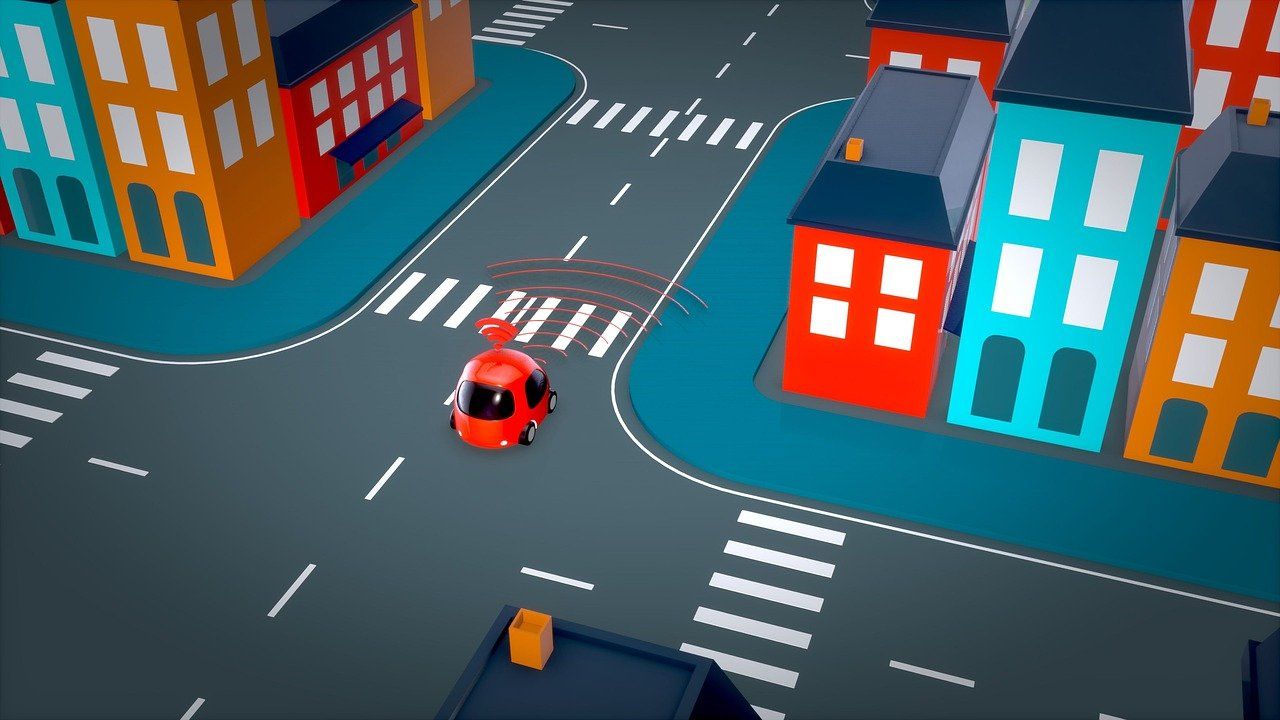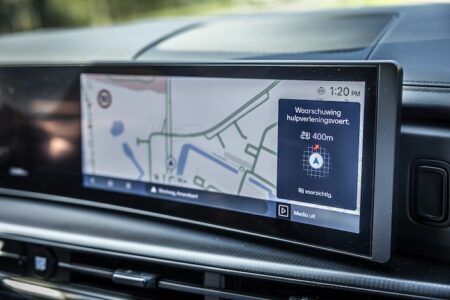Some manufacturers are attempting to design autonomous vehicles that will operate without communicating directly with other road users or even with the cloud. Filip Klippel, automotive manager at HERE Technologies, puts the case as to why we will only realise the self-driving dream if these kinds fo vehicles are also fully connected.
Autonomous vehicles and their reality have long been discussed. A few years ago, it was predicted that we would have fully driverless cars in our towns and cities by now. The industry was high-spirited about the concept of self-driving cars, but in reality, these are harder to build than initially considered.
A crucial component in the development of autonomous vehicles relies on the importance of ensuring they are connected. For instance, if an Amazon Alexa purely had Amazon software, it may not have the same consumer appeal. But because of integrations with music streaming services, news, shopping apps and more, it has become a much more valuable, comprehensive piece of technology.
Taking the lead from smart assistants, autonomous vehicles must become connected in order to truly reach their full potential. However, given traditional vehicles operate independently, separating one car from the next, what components are required to make a vehicle become ‘connected’?

Creating the link
Connectivity encompasses features both inside and outside the vehicle. It requires a car to understand its surroundings, relying on sets of different sensors, such as cameras, lidar and radar sensors, to extend beyond the car itself. Additionally, connected cars can physically capture what is happening around the vehicle, and then ‘communicate’ with one another, sharing details on aspects like proximity and road conditions. This requires data to be shared in real-time, and relies on the widespread adoption of technologies like 5G and multi-access edge computing (MEC) to meet the necessary speed for transferring information from vehicle to vehicle.
Additionally, having cars communicate with one another will require some form of traditional mobile connection. The EU’s eCall initiative requires European vehicle manufacturers to implement a SIM card into new cars so that they can automatically contact emergency services in the event of a serious accident. Building these connectivity devices inside vehicles allows for open streams to exchange data.
Connected cars also offer the opportunity for drivers and passengers to bring their own world inside the vehicle. Most cars now include features like CarPlay, where people can connect their smartphones to play their own music through Bluetooth. Beyond this, connected cars allow drivers to use their favourite apps in the car, with the vehicle functioning as an infotainment system, offering the ability to order food, change your shopping order, or check the football score, for example. This will up-level a simple journey to a full in-car driving experience.

Safety first
As well as making driving more entertaining, connected cars can vastly improve safety and efficiency. If a driver were at risk of hitting another vehicle, for example, but said vehicle was blocked by a large truck or bus, sensors alone would not be able to detect this. However, if another vehicle, or even the car itself, were sharing information, this risk could instantly be communicated to the driver. The same goes for scenarios like pedestrians unexpectedly crossing the street; the increased level of information from surrounding vehicles can notify the driver’s car to break automatically, reducing the risk of an accident.
Not only can this technology cover the vehicle’s immediate proximity, but connected cars will also have the ability to see what’s happening in the distance, such as hazard warnings or traffic jams a few kilometres ahead. If a vehicle were to identify 20 cars breaking in a similar place, for instance, it could assume that an accident might have taken place or that traffic might be emerging. This increases awareness, allowing both the vehicle and the driver to prepare where necessary. For autonomous vehicles, being able to anticipate these changes ahead and plan accordingly will be vital.
With more capacity for strategic planning, aspects like vehicle maintenance can also be tied into the capabilities of connected cars, ensuring that parts of the vehicle are continually functioning effectively. Some new electric vehicles (EVs) are already implementing this kind of technology, directing the driver to a charging point should it be running low, or even mapping out a place to stop and charge ahead of the journey.
The convergence of different technologies inside the vehicle at the same time leverages numerous experiences for drivers and supports safety issues, all the way down to strategic planning, meaning problems can be solved before they even arise.

The role of mapping
For connected cars to reach their full potential, mapping capabilities are a crucial component. From a safety perspective, vehicles need to map out exactly where a pedestrian is crossing, where traffic jams lie ahead, or specific areas with bad weather.
In this instance, mapping becomes more of a network, providing additional information to the vehicle or driver beyond what they can see. The combination of these three components – a driver using their eyes, sensors in the car scanning the surrounding proximity, and mapping – can help vehicles reach new capabilities to see beyond any limitations. If cars are to eventually become driverless, replacing human vision with connectivity can ensure this system continues to function effectively.
In line with this, no single map fits all. The mapping technology in connected cars, and eventually autonomous vehicles, will feature multiple layers that connect with numerous use cases to provide geo-localised context. Each specific vehicle will need to know exactly what might lie ahead on its own journey, what surrounds its outside, and what it needs to prepare for. As a result, it’s critical that maps are updated in real-time.

An autonomous near-future?
While we are very much approaching the autonomous era, fully self-driving cars are still somewhat in the distance. Currently, drivers in certain vehicles can engage partial automated systems on highways or motorways, but are still required to keep the hands on the steering wheel at any time and are liable should something go wrong.
For fully driverless cars, with no steering wheel and where people are simply passengers, these could first be seen in closed, limited areas, such as airports or university campuses, where they can be tested and controlled without much interference. But seeing this on in complex environments, like a city with numerous pedestrians, streets and obstacles, will require the maturity of various technologies like 5G before becoming commonplace in society.
Taking the lead from smart assistants, integrations will help vehicles meet the demand that consumers have grown to expect from the technology they are now accustomed to. Crucial to this is connectivity. By implementing the technology required, connected autonomous vehicles will become comprehensive, end-to-end solutions that will see widespread adoption in the future.





